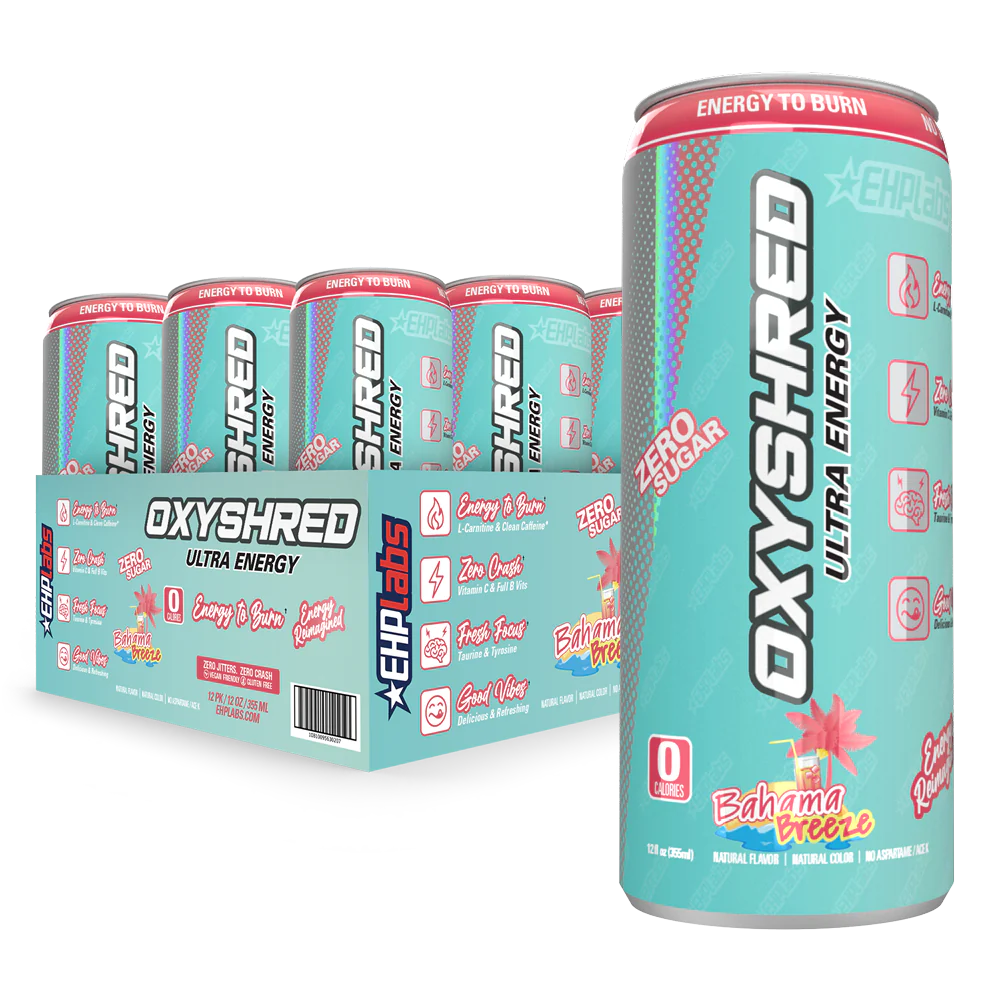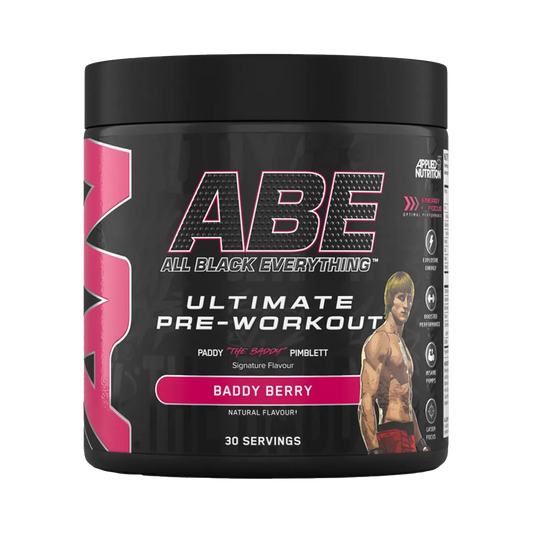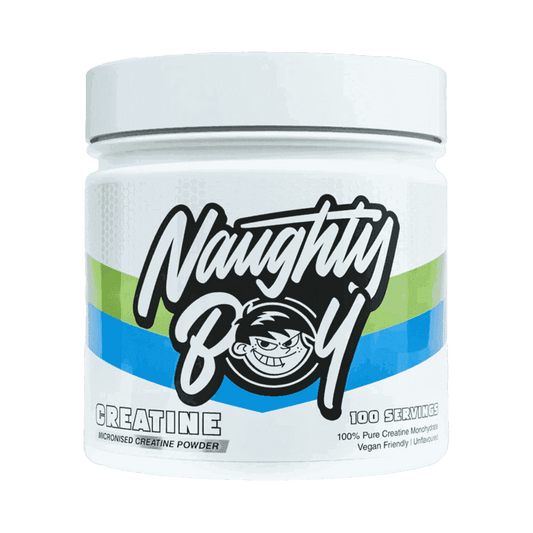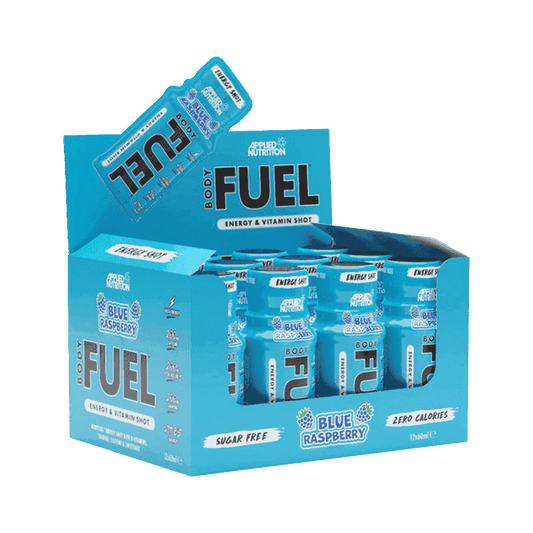You smashed your last session, the DOMS are kicking in, and you’re wondering if today’s gym sesh is dedication… or destruction. Whether you’re stiff, sore, or downright hobbling, the question looms: Should I still train when I’m sore?
Let’s break it down — science, recovery, and the role of smart supplementation.
1. Should I Still Train When I’m Sick?
If it’s above the neck (mild cold, sniffles), light activity might help blood flow and recovery. But if you’ve got chest symptoms, fever, fatigue, or chills? Stay home.
Exercise taxes the immune system — so training when sick delays recovery and increases injury risk.
Here’s what to do instead:
-
Hydrate like mad.
-
Supplement with vitamin D, zinc, and omega-3 to support immune response.
-
Use Per4m Glutamine to maintain immune health and muscle repair — a must when illness sidelines your training.
Training while sick isn’t heroic — it’s counterproductive. Let your body do what it’s made to do: heal.

2. Should I Still Train When I’m Tired?
There’s tired… and then there’s burnout. The first is manageable. The second is a flashing red warning sign.
If you’ve had poor sleep, high stress, or skipped a meal — training might help reset your rhythm. But if your body is dragging through every rep, you're risking more harm than gain.
What helps?
-
Adaptogens like ashwagandha can support stress recovery.
-
Clear whey isolates give you fast-digesting protein without a heavy meal.
-
Hydration drinks like Applied Nutrition Body Fuel keep you energised with essential electrolytes and B-vitamins.
If your “tired” feels physical — you might need fuel. If it feels systemic — take a recovery day.
3. Should I Skip a Workout If I’m Sore?
Soreness (aka DOMS — delayed onset muscle soreness) means you pushed yourself. That’s a good thing. But that doesn’t mean you have to crush the same muscle group again tomorrow.
Here’s how to decide:
-
Mild soreness? Active recovery, lighter intensity, or switching muscle groups is fine.
-
Severe soreness (you wince when sitting)? Skip or go for a mobility session.
Supplements matter here.
-
Per4m Glutamine 400 g is a game-changer. It speeds up post-workout recovery, supports immunity, and reduces soreness — especially useful if you're training hard multiple times per week.
-
Naughty Boy Prime Creatine can also assist with muscular fatigue resistance over time.
Remember: soreness isn’t the goal — progress is.
4. How Sore Is Too Sore to Work Out?
It’s a spectrum. If the pain interferes with your form, movement, or sleep, you’ve gone too far.
Key signs to rest:
-
Pain that limits your range of motion
-
Swelling or stiffness in joints
-
Lingering soreness beyond 72 hours
-
Disrupted sleep from discomfort
What helps you bounce back?
-
Reflex Clear Whey Isolate for high-quality, fast-digesting protein
-
Applied Nutrition ABE for when you need to train through light DOMS
-
Per4m Glutamine, again, deserves the spotlight — it’s not just for recovery, it’s for consistency. It helps keep your training frequency up while reducing downtime.
🔁 Why Recovery Is Part of the Grind
The faster you recover, the more consistently you can train. And it’s that consistency that gets results.
Whether you train through DOMS or take a rest day, backing your routine with recovery-focused supplements ensures you’re not just working hard — you’re working smart.
Stay tuned for Part 2, where we explore:
-
DOMS vs. injury — how to tell the difference
-
Should you train legs if they’re still sore?
-
The best supplements for DOMS and fatigue
-
Smart gym splits that reduce soreness without losing progress
Should I Still Train When I’m Sore?
Part 2: DOMS, Recovery Strategies & Supplement Smarts
Welcome to the sore side of gains. Now that we’ve tackled whether to push through soreness or pull back, it’s time to get surgical — we’re unpacking muscle recovery, smarter splits, and the recovery stack that keeps you in the gym without falling apart.

5. What’s the Difference Between DOMS and Injury?
Delayed Onset Muscle Soreness (DOMS) is a deep, dull ache that peaks 24–72 hours after a new or intense workout.
Injury, on the other hand, usually feels:
-
Sharp or stabbing
-
Localised to a joint or tendon
-
Present during specific movements only
-
Associated with swelling or bruising
If it hurts to stretch or touch the muscle, it’s likely DOMS. If it hurts to bear weight or feels unstable — sit it out and get it checked.
6. Should You Train Legs If They’re Still Sore?
Leg DOMS hits differently. Walking is cardio. Sitting is punishment.
Here’s your guide:
-
Mild soreness? A glute session, upper body day, or light bike ride can boost blood flow and reduce stiffness.
-
Severe soreness? Give it 24–48 hours and foam roll like your life depends on it.
In both cases, Per4m Glutamine is your best mate. It aids muscle repair and can dramatically reduce recovery time — crucial if you’re hitting legs twice weekly.
7. Do Recovery Drinks Help Muscle Soreness?
Absolutely — but only the right ones. Sugar-laden “protein” drinks do more harm than good if they’re poorly formulated.
Instead, look for:
-
Clear whey isolates like Reflex Clear Whey, which digest fast post-workout
-
Booster drinks like Applied Nutrition Body Fuel, packed with Caffeine, Taurine, and vitamins to speed up cellular recovery
-
Glutamine and creatine for intra-cellular support and ATP regeneration
Pairing these smartly? You’ll be back under the bar faster — and with less pain.

8. Can Supplements Reduce DOMS and Fatigue?
Yes — and the right stack can cut recovery time by days.
Here’s what to prioritise:
-
Per4m Glutamine 400 g: Supports recovery, immunity, and gut health. Reduces soreness across repeated training days.
-
Naughty Boy Prime Creatine: Maintains muscular energy stores, combats fatigue, and supports long-term performance.
-
Applied Nutrition ABE: Perfect for training days when DOMS would normally slow you down.
-
Reflex Clear Whey Isolate: Ultra-light, ultra-clean protein ideal after intense sessions.
If you’re sore after every session, something’s off. Either your intensity is too high, your nutrition is lagging — or your recovery stack isn’t pulling its weight.
9. What’s the Ideal Weekly Split to Minimise Soreness?
Smart splits reduce overlap and maximise recovery.
Examples:
-
3-Day Full-Body (MWF): Great for beginners or busy schedules
-
4-Day Upper/Lower Split: Lets you rest muscles while still training
-
5-Day Push/Pull/Legs: Ideal for intermediate+ athletes with more recovery capacity
Whichever you choose, make room for:
-
A rest day (especially post-leg day)
-
Active recovery sessions (yoga, walking, cycling)
-
A consistent supplement plan
This keeps you training harder, more often, with less soreness — not more.
⚡ Final Thoughts: Soreness Is a Sign — Not a Sentence
You don’t earn extra gains just because you’re in pain. Soreness is your body adapting — not punishing you.
If you’re sleeping well, fuelling properly, and supplementing smartly, you can train more often, recover faster, and see better results — without crawling out of bed every morning.
FAQ’s
1. Should I train if I’m still sore from yesterday?
If the soreness is mild and not affecting movement, yes — just avoid training the same muscle group. Otherwise, take a rest or active recovery day.
2. How sore is too sore to work out?
If you can’t perform a full range of motion, have sharp pain, or feel extreme fatigue, you're too sore. Rest, hydrate, and recover properly.
3. Does DOMS mean I had a good workout?
Not always. DOMS signals muscle stress, but not necessarily progress. You can build muscle without excessive soreness by using progressive overload smartly.
4. Can supplements help with muscle soreness?
Yes — glutamine, creatine, hydration drinks, and clear whey protein all support recovery and reduce soreness when used consistently.
5. Should beginners skip workouts when sore?
If it’s intense soreness, yes. For mild DOMS, beginners can do light cardio or switch to upper/lower body splits to keep moving while recovering.
6. What’s better: training sore or resting?
Training while sore can be fine if it’s part of a smart split and you’re not overreaching. But rest is crucial to prevent injury and maximise gains.
7. Do recovery drinks actually work?
Yes — if they include electrolytes, fast-digesting protein, or ingredients like glutamine and BCAAs. Look for clean, low-sugar formulas.
8. Is it bad to always be sore after the gym?
Yes — chronic soreness may signal under-recovery, poor nutrition, or overtraining. Supplementation, sleep, and rest days are key.
9. What helps the fastest with DOMS?
Cold therapy, stretching, foam rolling, hydration, and Per4m Glutamine. Adding a clear whey protein post-workout also helps speed recovery.
10. Is creatine useful for recovery?
Absolutely. Creatine replenishes ATP stores, reduces muscle damage, and can even shorten recovery time between tough workouts.





